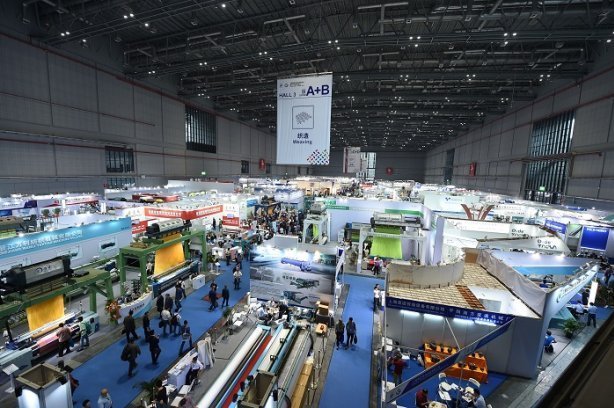
Tamil Nadu's textile sector, a once-thriving industry and significant contributor to the state's economy, is facing a crisis. Ironically, this downturn coincides with a global shift in textile manufacturing away from China, presenting a golden opportunity for states like Tamil Nadu to capitalize. However, internal challenges are preventing the state from seizing this advantage.
What ails the industry?
Labor shortages and automation: The industry is grappling with a severe labor shortage. While automation could be a solution, reports say only 14 per cent of Indian textile companies are ‘winning in the age of automation’. This suggests a lack of technological adoption and investment in modernizing production processes.
High power tariffs: Tamil Nadu has one of the highest power tariffs in the country, making it less competitive compared to other textile hubs. This high cost environment discourages investment and growth.
Low fiscal incentives: The state government's fiscal incentives for the textile industry are less attractive than those offered by competing states. This further hinders investment and expansion in Tamil Nadu.
Competition: The state faces stiff competition from other states within India and countries that are offering more attractive incentives and infrastructure, luring away potential investments and market share.
Low productivity: Tamil Nadu's textile industry ranks low in terms of overall productivity, further eroding its competitiveness.
Table: Comparative costs
|
Metric |
India |
China |
Vietnam |
Bangladesh |
|
Labor Cost |
0.93 |
3.52 |
1.86 |
0.62 |
|
Power Tariff (cents/kWh) |
8 |
7 |
7 |
6 |
|
Fiscal Incentives (Low-High) |
2 |
3 |
4 |
5 |
These challenges have combined to create a situation where Tamil Nadu is securing only 25 per cent of potential export orders, while competing states are capturing the remaining 75 per cent. This disparity is further underscored by the low adoption of technology in the region, with only 30 per cent of textile units embracing automation compared to 70 per cent in other states.
Indeed, the decline of textile sector, a significant contributor to Tamil Nadu's economy, has had several adverse consequences on the state. There is labor shortage and closure of textile units are leading to widespread job losses, particularly affecting rural communities. Also, the textile industry's downturn is negatively impacting the state's overall economic growth and development. And the loss of livelihoods and economic hardship are contributing to social unrest and instability in the affected regions.
To move forward, and revitalize its textile industry, Tamil Nadu needs to take decisive action to address these challenges. It should begin by improving labor attractiveness. Which means it needs to implement policies to improve wages, working conditions, and skill development initiatives to attract and retain workers. The state must encourage the adoption of automation through subsidies, incentives, and awareness campaigns. Infrastructure deficiencies need to be addressed. The state has to invest in upgrading infrastructure, including ensuring reliable power supply and improving logistics.
By taking these steps, Tamil Nadu can regain its position as a leading textile hub and capitalize on the opportunities presented by the global shift in manufacturing.











